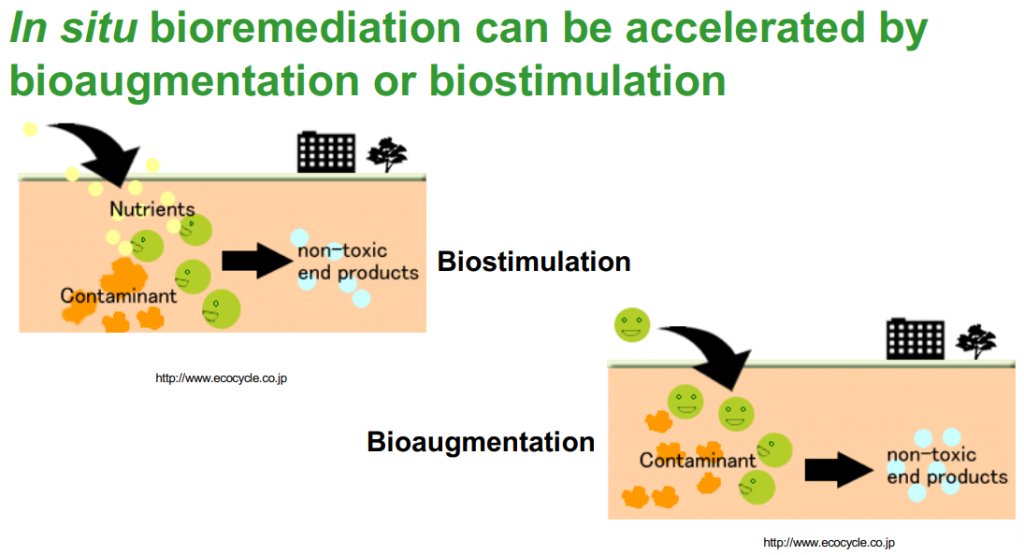
Overview
The cleanup of sites with contaminated soil, water, and groundwater are complex endeavors that often take years of planning and testing before the actual cleanup can begin. The most common strategies for cleanup include dredging of contaminated soil and sediment, and capping (isolating) any remaining residual contamination beneath layers of uncontaminated material. These are expensive and disruptive practices, and dredged materials still will need to be disposed of somewhere else. Bioremediation — using microorganisms like bacteria and fungi to treat contamination — can be a lower cost and less disruptive alternative.
Project 5 researchers are focused on using these native microbes already living at contaminated sites to help break down polycyclic aromatic hydrocarbon (PAHs) pollution. But bacteria and fungi cannot breakdown PAHs at a meaningful level on their own. Our researchers are working to understand which specific microorganisms are best at breaking down PAHs, which are best at surviving and thriving under these difficult conditions, and how to support their growth and effectiveness. This last focus can be split into two areas: 1) biostimulation — changes to the surrounding environment to support the growth of the existing microbes 2) bioaugmentation — adding new microbes to existing ones to make them more effective and robust.
Objective
Characterize the microorganisms at a number of sites along the Elizabeth River, Virginia. These sites range from those highly contaminated with PAHs, to references sites, to those that have already been cleaned up. Our researchers not only analyze which microorganisms are present, but also study microbial interactions and genomic sequencing to help build a picture of an overall microbial community structure and improve the effectiveness of bioremediation efforts.
The most promising microorganisms, whether native or introduced, will be combined with a organic amendment to encourage the formation of a biofilm — which are created when microbes such as fungi and bacteria stick to each other and to a surface. An activated carbon amendment, called SediMite™, will be used to help deliver biofilms to where they need to be in contaminated sediment.
The breakdown products of degraded PAHs are not necessarily less toxic. Project 5 researchers will work with other Duke SRC projects and cores to assess the toxicity of these breakdown products.
Importance
Polycyclic aromatic hydrocarbons (PAHs) are widespread environmental contaminants that humans are exposed to on a daily basis when they prepare food (particularly when grilling or smoking), smoke cigarettes, live near high-traffic roads, and are frequently found at contaminated former industrial sites. Traditional methods to cleanup PAHs are costly, take a long time to complete, and can themselves negatively impact ecosystems.
Ultimately, bioremediation holds promise as a more holistic and less costly option for cleanup, but more research is needed. Our Project 5 research team are helping to work out the current limitations of bioremediation so that it can eventually reach wider use at commercial scale. The framework our researchers are building for precision bioremediation, may even be useful other types of contamination beyond PAHs.
Project Aims
- Identify which fungi and bacteria are present at sites with differing levels of PAH contamination. Gather genomic data on these fungi and bacteria.
- Identify organic amendments that best support the growth of fungal-bacterial biofilms and help maximize the breakdown of PAHs.
- Engineer and test composite materials that support organic amendments and stimulate biofilm growth.
Want to learn more?
- Check out our recent publications
- Read progress reports for Project 5


